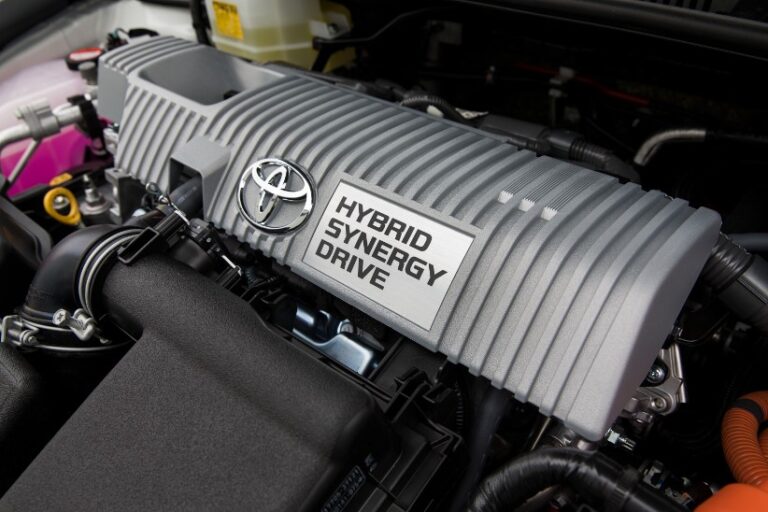Australia recorded 98,328 new vehicle sales in August 2024 making it the second-best August result on record.
FCAI Chief Executive Tony Weber said that this was a good result despite August 2024 being down by 10.6 per cent on last year’s August number.
“This is a positive result in historic terms with this being the second highest August ever in Australia,” he said. “The outlier in the data is the 2023 number which broke the previous best August result (2017) by 13.8 per cent. Year to date the market is up by 5.3 per cent.
“Once again, the new car market is showing signs of resilience as cost-of-living pressures and interest rates continue to impact the economy. Consumer preferences for the types of vehicles they want to drive is demonstrated with the Passenger segment representing only 15.4 per cent of the total market. The SUV segment represented 57.5 per cent and Light Commercial vehicles made up 22.9 per cent making these two segments more than 80 per cent of the total market.
“Consumers continue to embrace low emission vehicles with hybrid sales up 44.9 per cent on August 2023 while sales of plug-in hybrid vehicles are up 119.8 per cent. However, in line with the experience in many global markets, sales of battery electric vehicles are disappointing. This is despite the supply of battery electric vehicles increasing significantly with more brands and EV models having entered the Australian market,” he said.
Toyota was the market leader with sales of 21,490 in August, followed by Ford (8,890), Mazda (8,263), Kia (6,903) and Hyundai (6,211).
The top selling new cars in August 2024 were:
- Toyota RAV4 – 6,712
- Ford Ranger – 5,431
- Toyota HiLux – 4,496
- Isuzu Ute D-Max – 2,548
- Toyota Landcruiser – 2,504
Sales in the Australian Capital Territory were down 21.9 per cent on August 2023 to 1,338; New South Wales was down 13.9 per cent to 29,831; Northern Territory was down 8.1 per cent to 911; Queensland decreased 7.5 per cent to 21,310; South Australia also decreased by 2.0 per cent to 6,813; Tasmania had a decrease of 13.0 per cent to 1,604; Victoria decreased 10.6 per cent to 26,039 and Western Australia decreased 9.9 per cent to 10,482.






